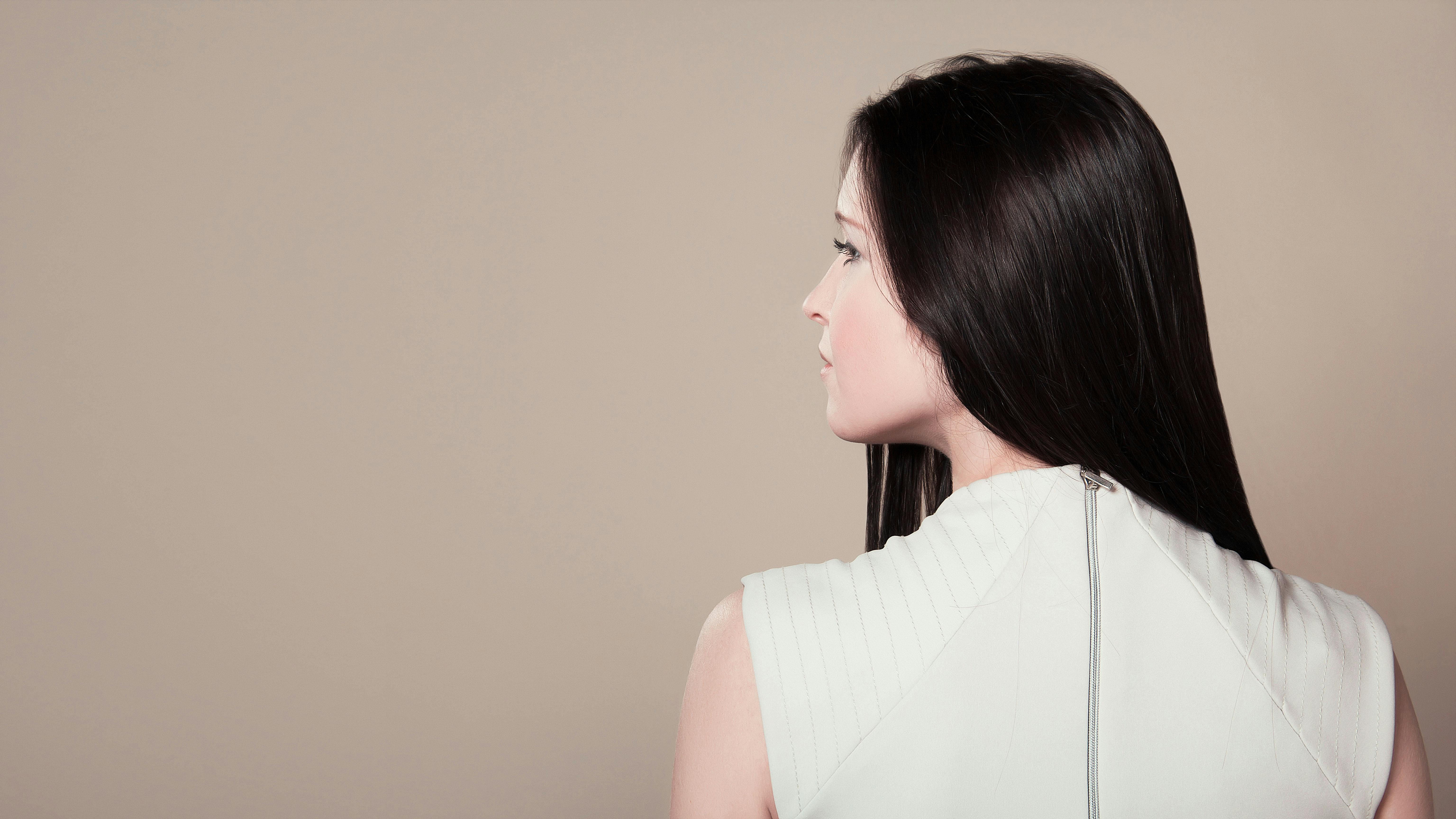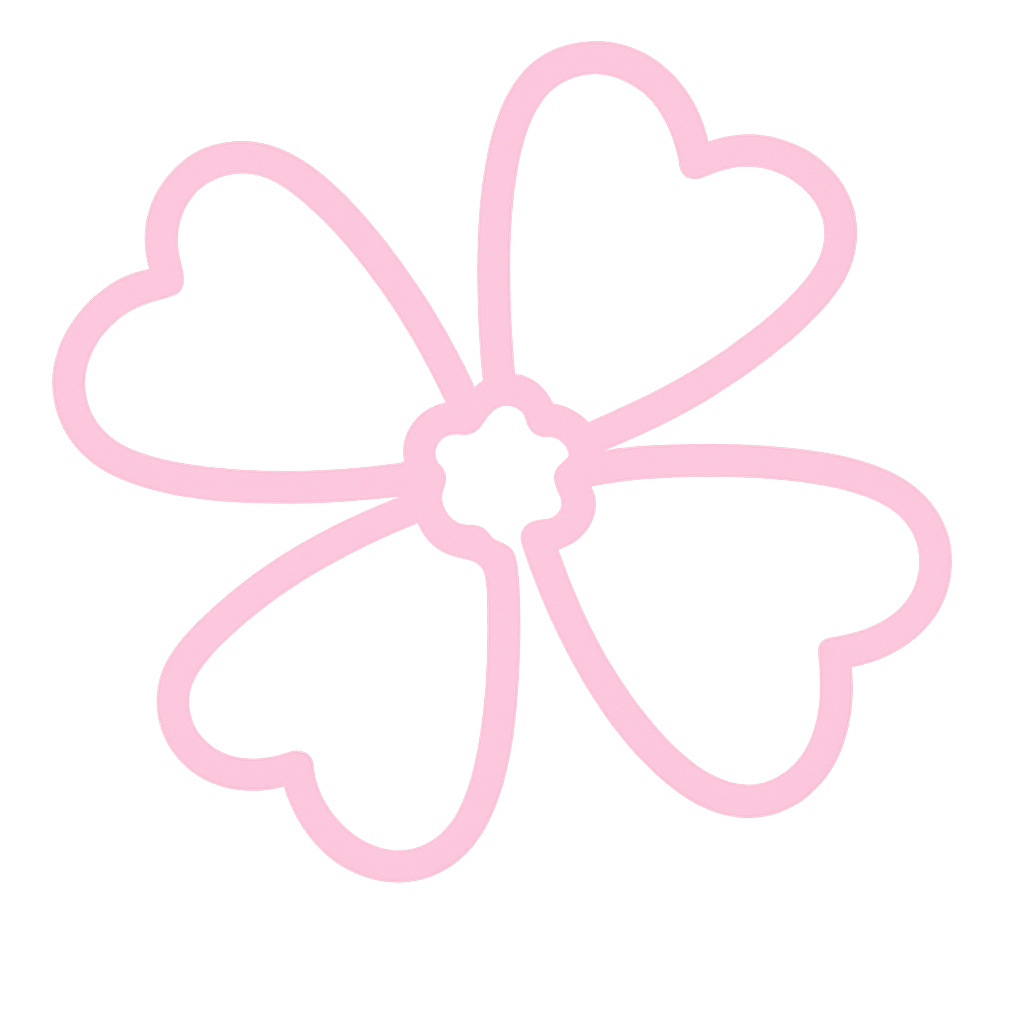Your hair is having a full-blown identity crisis at 2 AM, and you're googling "why does my hair hate me" like it's going to solve everything 😅 Trust me, I've been there - standing in my bathroom at ungodly hours, staring at my reflection wondering if my hair is plotting against me.
Here's the thing though - those random hair disasters that make you want to wear a hat for three weeks? They're way more common than you think. I reached out to some of the industry's top stylists to get real answers to the hair dilemmas that keep us up at night, and tbh, their responses were eye-opening.
The Post-Intimacy Hair Struggle is Real
Let's start with the elephant in the room that nobody talks about. You know that moment when you've had an amazing time with your partner, but your hair looks like you stuck your finger in an electrical socket?
"This is probably the most common question I get from clients, and they're always so embarrassed to ask," says celebrity stylist Maria Rodriguez, who's worked with A-listers for over 15 years. "The combination of sweat, friction, and let's be honest - various products - can wreak havoc on your hair texture temporarily."
The quick fix? Keep a silk scrunchie by your bedside. I know, I know - it sounds ridiculously simple, but hear me out. Loosely gathering your hair before things get heated prevents most of the tangling and breakage that happens during... well, you know.
For the aftermath, Rodriguez swears by a mixture of leave-in conditioner and water in a spray bottle. "Lightly mist your hair and scrunch it back to life. Don't brush it when it's in that weird post-activity state - you'll just create more frizz."
Why Your Hair Changes During Your Cycle
Ever notice your hair feels different at certain times of the month? You're not imagining it, and ngl, this blew my mind when I first learned about it.
Master stylist James Chen explains it perfectly: "Hormonal fluctuations throughout your menstrual cycle directly affect your scalp's oil production and your hair's porosity. During ovulation, increased estrogen can make your hair shinier and more manageable. But right before your period? That's when things get interesting."
The week before your period, your hair might feel greasier, frizzier, or just... different. It's because testosterone levels spike slightly, increasing oil production. Meanwhile, your hair's ability to hold moisture changes too.
Chen's pro tip? "Track your cycle and adjust your hair routine accordingly. Use clarifying shampoo the week before your period, and deep condition right after it ends when your hair is most receptive to moisture."
The Pregnancy Hair Plot Twist
If you're expecting, your hair is probably doing things that make zero sense right now. One day it's thick and gorgeous, the next it's falling out in the shower like autumn leaves.
"Pregnancy hormones are like a roller coaster for your hair follicles," explains trichologist Dr. Sarah Kim. "The increased estrogen keeps more hairs in the growth phase, which is why many people get that coveted pregnancy hair thickness. But postpartum? That's when reality hits."
The postpartum hair loss that happens around 3-6 months after delivery isn't actually hair loss - it's your hair catching up on all the shedding it missed during pregnancy. Still terrifying when you're finding hair everywhere, but totally normal.
Swimming Pool Chemistry vs. Your Hair
Summer pool days are amazing until you realize chlorine has turned your hair into straw. But here's what most people don't know - it's not just the chlorine that's the problem.
"Pool water is basically a chemical soup," says salon owner Lisa Park. "You've got chlorine, yes, but also copper from the pipes, calcium from hard water, and various pH balancers. Your hair is like a sponge soaking all of that up."
The copper is actually what causes that greenish tint in blonde hair, not the chlorine itself. Wild, right?
Park's solution is surprisingly simple: "Wet your hair with clean water before getting in the pool. Saturated hair can't absorb as much pool water. It's like filling up a sponge - if it's already full of good stuff, there's less room for the bad stuff."
After swimming, rinse immediately and use a clarifying shampoo. And btw, those leave-in treatments marketed for swimmers? They actually work. The silicones create a barrier between your hair and the pool chemicals.
The Great Dry Shampoo Debate
Okay, let's talk about dry shampoo because I have feelings about this. We've all become a little too dependent on it, haven't we?
"I see clients who haven't properly washed their hair in a week because they think dry shampoo is a replacement for actual cleansing," says stylist Michael Torres. "It's not. It's a temporary fix that can actually cause more problems if overused."
The issue is buildup. Dry shampoo absorbs oil, but it doesn't disappear. It sits on your scalp with all that absorbed oil, potentially clogging follicles and causing irritation.
Torres recommends the "two-day rule" - use dry shampoo for maximum two days between washes. "And when you do wash, really massage your scalp. That buildup needs mechanical action to come off, not just a quick rinse."
The Texture Spray Game-Changer
Here's something I learned that completely changed my hair game: texture spray isn't just for volume. It's actually better than dry shampoo for day-two hair.
"Texture sprays contain different ingredients than dry shampoos," explains Torres. "They add grip and separation without the heavy powders that can build up. Plus, they work on all hair types, not just oily ones."
Heat Damage: The Silent Hair Killer
We need to have an honest conversation about heat styling because imo, most of us are doing it wrong.
"I can tell within seconds if someone regularly uses heat tools without protection," says colorist Amanda Foster. "Heat damage has a very specific look - it's not just dryness, it's actual structural damage to the hair shaft."
The scary part? Heat damage is cumulative and irreversible. You can treat it, moisturize it, and make it look better, but you can't actually repair it.
Foster's non-negotiable rules: Always use heat protectant, never exceed 350°F on fine hair (400°F max for thick, coarse hair), and give your hair at least two heat-free days per week.
"And please, stop using hot tools on wet hair unless they're specifically designed for it. You're literally boiling the water inside your hair shaft."
The Scalp Health Revolution
Plot twist: most hair problems are actually scalp problems in disguise.
"Your scalp is skin, and we treat it terribly compared to the skin on our face," says trichologist Dr. Rachel Martinez. "We scrub it with harsh shampoos, blast it with hot water, and ignore signs of irritation until it becomes a major issue."
That itchy, flaky situation you've been ignoring? It could be seborrheic dermatitis, product buildup, or even a reaction to your water's mineral content. The solution isn't always just switching shampoos.
Dr. Martinez recommends treating your scalp like you would sensitive facial skin: gentle cleansing, regular exfoliation (yes, scalp scrubs are a thing), and paying attention to how products make it feel.
The Water Quality Factor
Speaking of water - when did you last think about what's actually coming out of your showerhead?
"Hard water is probably the most overlooked factor in hair health," says Martinez. "High mineral content can make your hair feel perpetually dirty, cause color to fade faster, and even contribute to breakage."
If you've moved recently and your hair suddenly feels different, check your water quality. A simple shower filter can make a massive difference, and they're way cheaper than constantly buying clarifying treatments.
Frequently Asked Hair Dilemmas
Why does my hair look amazing at the salon but terrible at home?
This one hits close to home because honestly, I used to think my stylist had magic powers.
"It's about technique and tools," explains Rodriguez. "We're using professional-grade products, proper sectioning, and we know your hair's specific needs. But the biggest difference? We're not rushing."
The secret is in the prep work. Stylists spend time on proper sectioning, using the right amount of product, and working with your hair's natural texture instead of fighting it.
Can stress really make your hair fall out?
Short answer: absolutely, and it's more common than you think.
"Telogen effluvium is the technical term, but basically severe stress pushes hair follicles into a resting phase," explains Dr. Kim. "The hair loss usually shows up 2-3 months after the stressful event, which is why people don't always connect the dots."
The good news? It's usually temporary. The frustrating news? It can take 6-12 months for things to normalize.
Is it bad to sleep with wet hair?
Okay, we've all done it, but let's talk about why it's not ideal.
"Wet hair is in its most vulnerable state," says Chen. "The hair shaft swells with water, making it more prone to breakage. Add friction from your pillowcase, and you're setting yourself up for damage."
If you absolutely must sleep with damp hair, use a silk or satin pillowcase and loosely braid it to minimize friction.
Why does my hair color fade so fast?
This question comes up constantly, and the answer usually surprises people.
"It's rarely about the color itself," says Foster. "It's about what you're doing to your hair afterward. Hot water, sulfate shampoos, and heat styling are the biggest culprits."
The fix is simpler than you think: cooler water, color-safe products, and less frequent washing. "I tell clients to think of their color like a delicate fabric - treat it gently and it'll last longer."
Should I brush my hair when it's wet?
This is where things get interesting because the answer depends on your hair type.
"Curly and coily hair should generally be detangled when wet with conditioner," explains Torres. "But straight and wavy hair? It's more vulnerable when wet, so if you must detangle, use a wide-tooth comb and start from the ends."
The Product Overload Problem
Let's be real for a second - how many hair products do you currently own? Because I guarantee it's more than you actually need.
"Product overload is epidemic," says Park. "People layer multiple leave-ins, oils, creams, and serums, then wonder why their hair feels heavy and looks dull."
The rule of thumb? Your hair can only absorb so much. More products don't equal better results - they equal buildup, which makes everything else work less effectively.
Park's minimalist approach: "One leave-in treatment, one styling product, and heat protectant if needed. That's it. Master those three things before adding anything else."
Final Thoughts
Here's what I've learned from talking to these amazing stylists: most of our hair problems have surprisingly simple solutions, but we overcomplicate everything 😊
Your hair doesn't need a 12-step routine or $200 worth of products. It needs consistency, gentleness, and products that actually work for your specific hair type and lifestyle.
The biggest takeaway? Stop fighting your hair's natural texture and start working with it. That frizz you hate might actually be waves trying to form. That oiliness might be your scalp overcompensating for harsh products.
And honestly? Some of the best hair advice is the simplest: be patient with your hair, listen to what it's telling you, and remember that healthy hair is always more beautiful than perfectly styled damaged hair. Your hair is part of you - treat it with the same kindness you'd show a good friend having a rough day.




